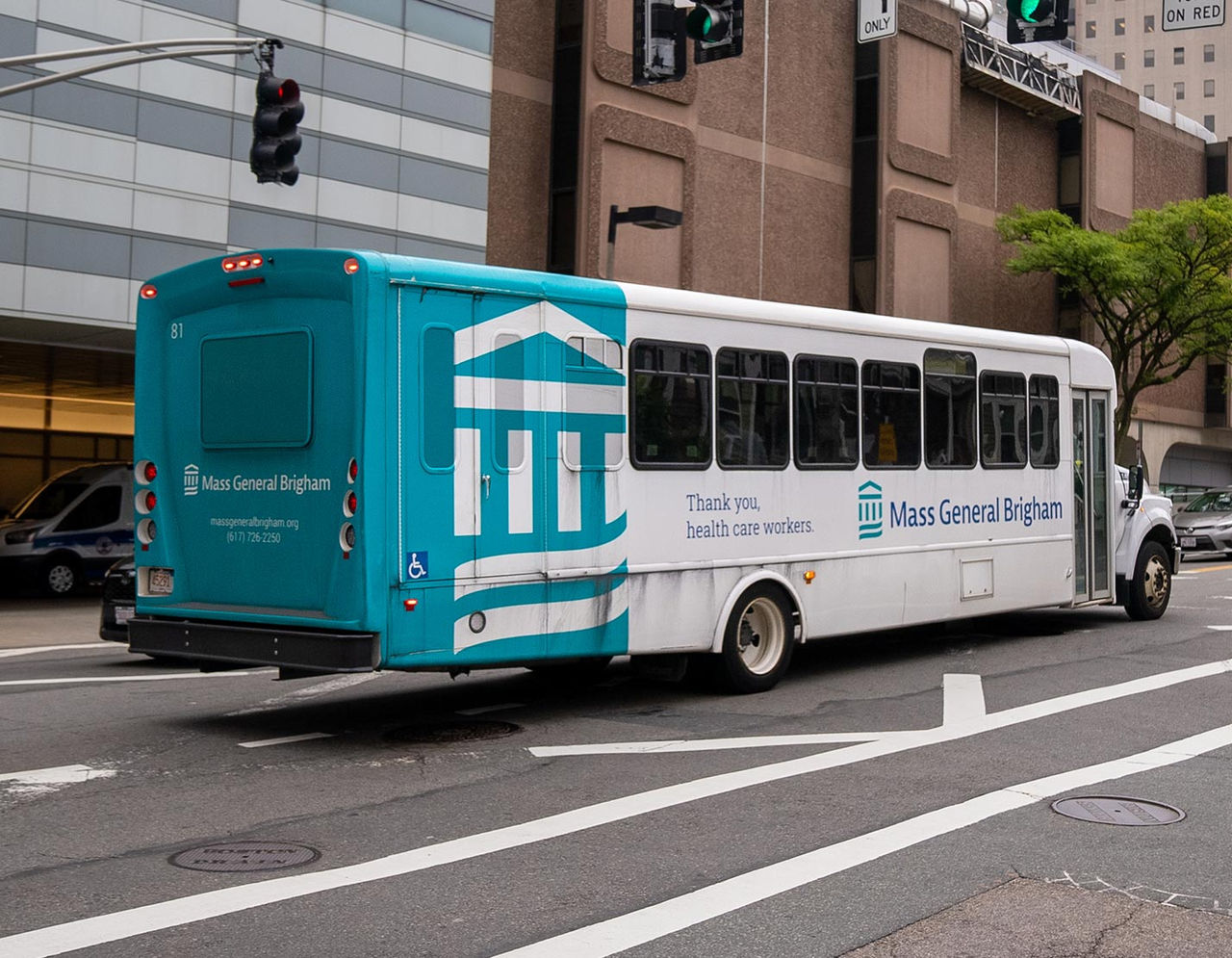2023 Participant Milestones Spotlight: Mass General Brigham Transportation Department

Mass General Brigham Transportation Department, headquartered in the vibrant Greater Boston area, operates with a mission that transcends mere medical care. As our esteemed 2023 participant, they have taken a significant leap towards integrating sustainable practices into their operations. Known for offering complimentary shuttle rides to patients, visitors, and employees across the health system, they […]

